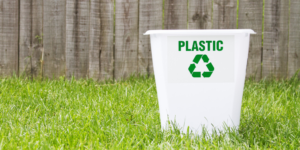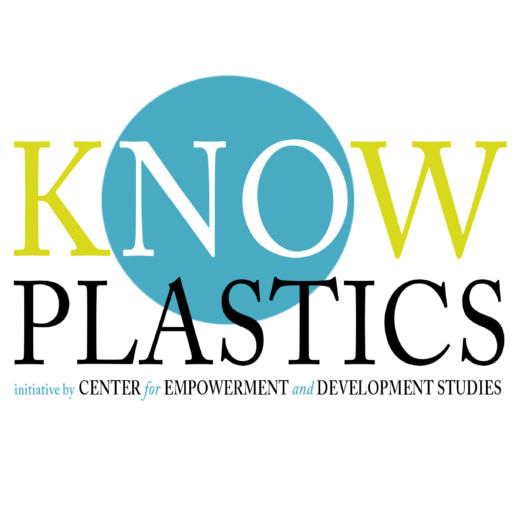Plastic Waste Management
The Government of India passed the Plastic Waste Management Act, 2016, in the Indian Parliament in order to curb plastic waste generation in the country and eliminating single-use plastics items from July 1, 2022. To achieve the target, India needs a robust strategy being laid out in Plastic Waste Management Amendment Rules, 2021.
The Government of India has asked for single-use plastic items to be eliminated from across the country in three phases. In Phase-II starting from January 1, 2022, the sale and manufacture of earbuds, plastic sticks, balloons, plastic flags, candy sticks and polystyrene (thermocol) would be stopped. From July 1, 2022, 13 items, including plastic plates, cups, glasses, and other cutlery, would be phased out.
While, we often generalize the term plastics, there is more than what meets the eye. Plastics can be broadly categorized as recyclable and non-recyclable. All the common plastics that we see around us (say, in packaging, in carry bags, etc.) are recyclable and they are clubbed into various categories. This categorization of plastics is done keeping in mind the chemistry of its polymer, which, in turn governs its properties such as strength, flexibility, barrier to moisture and heat resistance among other things.
The ‘Report on Single Use Plastics’, worked on by an expert committee constituted by the Department of Chemicals and Petrochemicals (DCPC), has categorised plastic products based on their environmental impact and utility — those found to have the lowest utility and highest environmental impact are recommended for a phase-out. These include thin carry bags (less than 50 micron); non-woven carry bags and covers (less than 80 gsm and 320 microns); small wrapping/ packing films; straws/ stirrers; cutlery such as foam cups, bowls; earbuds with plastic sticks; cigarette filters; small plastic bottles; plastic banners; among other products.

According to the United Nations Environment Programme, “Single-use plastics, often also referred to as disposable plastics, are commonly used for plastic packaging, and include items intended to be used only once before they are thrown away or recycled. These include, among other items, grocery bags, food packaging, bottles, straws, containers, cups, and cutlery.”
Plastic waste is approximately 5-6 per cent of the total solid waste generated in the country. According to the Central Pollution Control Board report 2019-2020, India recycles around 60% of the plastic waste generated.
According to a 2019-2020 report by the Central Pollution Control Board (CPCB), which collates data from 60 major cities in India, the country generates around 26,000 tonnes of plastic waste a day out of which 60% of plastic produced is recycled. And rest 40% when not cleaned and segregated, plastic converts to be a waste which is either landfilled or ends up polluting streams or groundwater resources.
The Central Pollution Control Board estimates that India has a high recycling rate of about 60 percent for post-consumer plastic waste; however, this is done mostly by the informal sector, which includes Safai Saathis (waste pickers), aggregators and informal recycling units with some help from urban local authorities.
As of June 2021, the United Nations Development Programme’s (UNDP) Plastic Waste Management Programme in India has helped to process 83,900 metric tonnes of plastic waste. The ambition is to process or recycle 85,000 metric tonnes of plastic waste and reach 50 plus cities by the year 2024.
According to the Ellen MacArthur Foundation, the circular economy development path in India could create an annual value of ₹14 lakh crore (US$218 billion) in 2030 and ₹40 lakh crore (US$624 billion) in 2050 in comparison to the current development scenario. It could reduce greenhouse gas emissions by 44% along with significant reduction in air pollution, thus contributing to health and economic benefits for society. (Source: UNDP)

